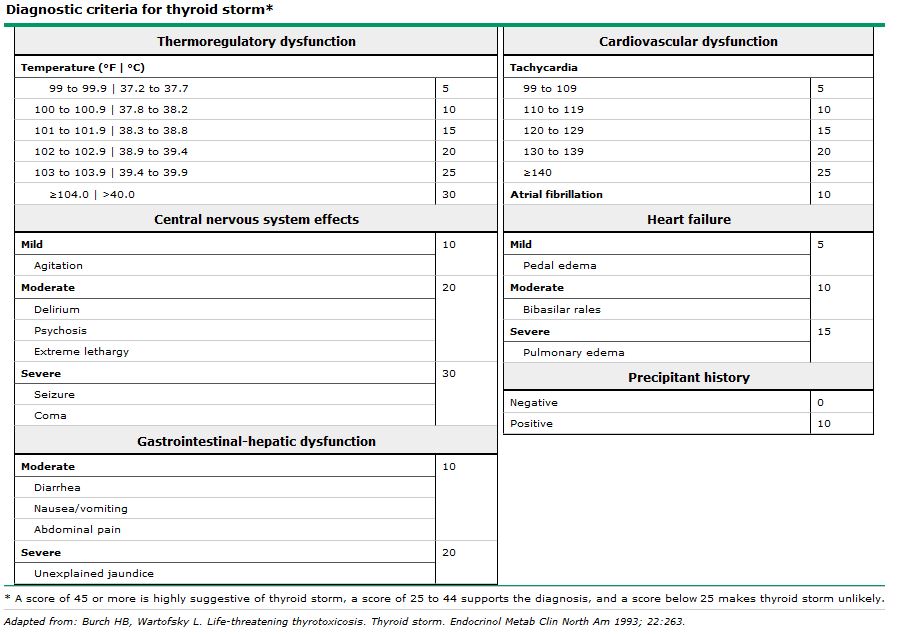Practice question I Pathology of thyroid
Practice question I Pathology of thyroid © Jun Wang, MD, PhD 1. Use this case for the next four questions . A 45-year-old woman presents with fatigue, lack of motivation and difficult in concentrating for a year. She has gained 10 pound recently. She stated she is quite stressful at work recently. Her past medical history is significant for type II diabetes. She does not smoke cigarette or drink alcohol, but is a heavy coffee drinker. Physical examination reveals a pulse rate at 98 bpm and blood pressure at 135/80 mmHg. Mild bilateral ankle non pitting edema is noted. No other abnormality is noted. Her CBC is normal. What is a proper next step to approach her diagnosis? A. Bone marrow aspiration B. Consulting a psychiatrist for major depression management C. Head CT D. Sonographic examination for bilateral deep vein thrombosis E. Serum thyroid function test 2. A 45-year-old woman presents with fatigue, lack of motivation and difficult in concentrating for a y
